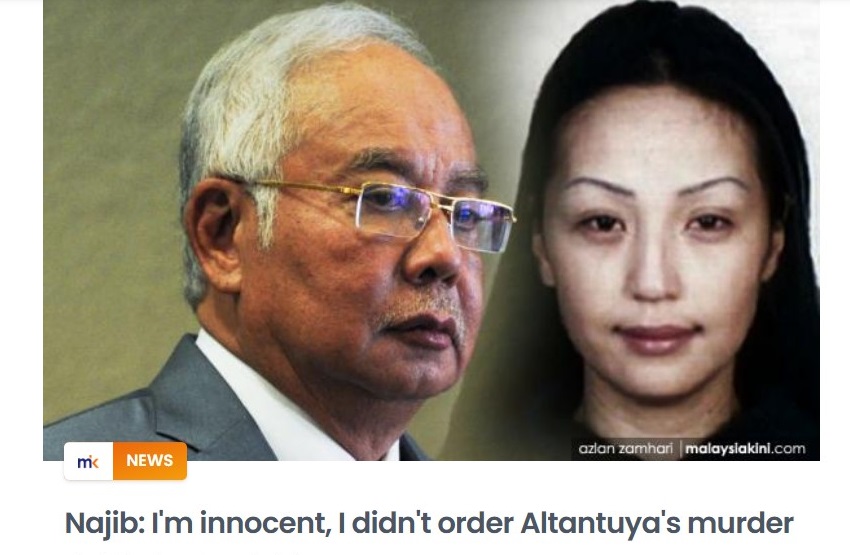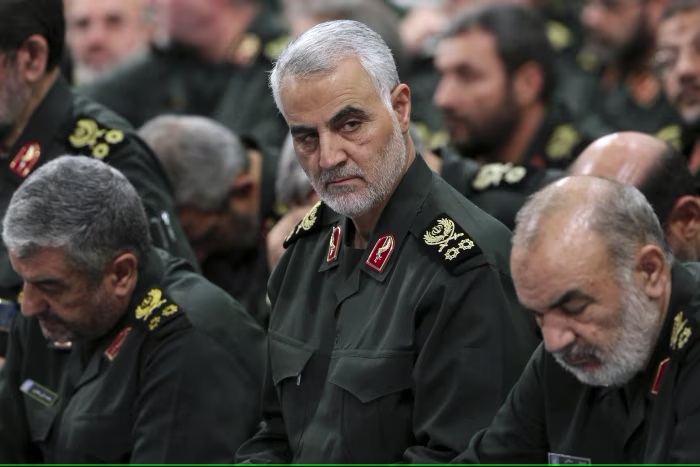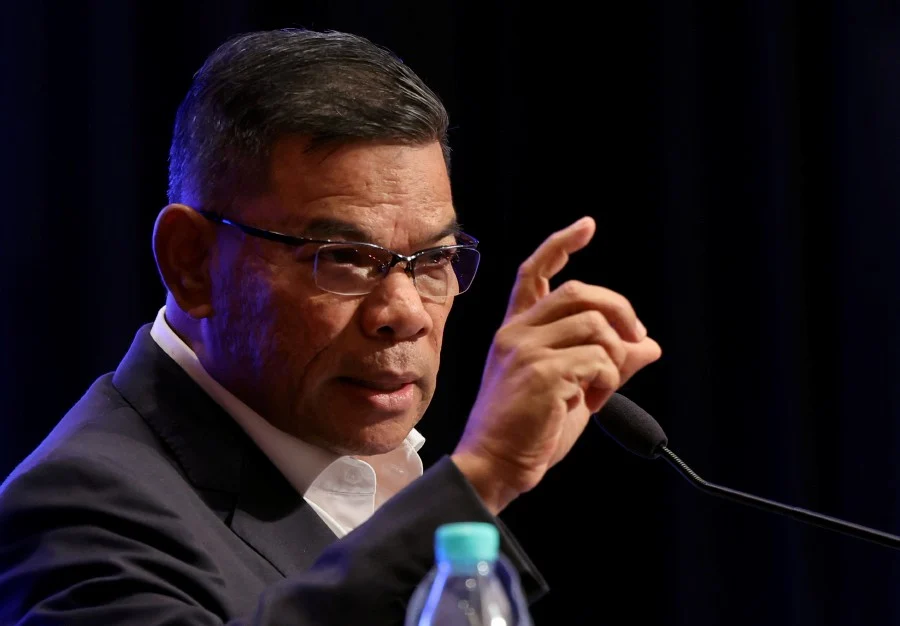MALAYSIANS must have grown accustomed to the bizarre. The latest episode in this saga is the royal addendum fiasco.
Here we have a former attorney-general Tan Sri Ahmad Terrirudin Salleh, now a Federal Court judge, accused of concealing a royal decree allowing ex-PM Datuk Seri Najib Razak to serve the remainder of his jail sentence under house arrest.
But why would a man entrusted with upholding justice allegedly sabotage the system he swore to protect?
What’s the motive? He does not stand to gain anything whether Najib gets his house-arrest wish. But he has a lot to lose by concealing official documents, especially those from royal households. Was Ahmad Terrirudin acting under instructions?
This isn’t an isolated phenomenon. Malaysia seems cursed with crimes and controversies that lack logical motives – or where motives are so questionable they stretch the bounds of credulity.
Let’s revisit some of these notorious cases to see just how deeply embedded this problem is.
Take the murder of Altantuya Shaariibuu, for instance. Two elite policemen, Azilah Hadri and Sirul Azhar Umar, were convicted of killing the Mongolian citizen. Yet, their motive remains a mystery.
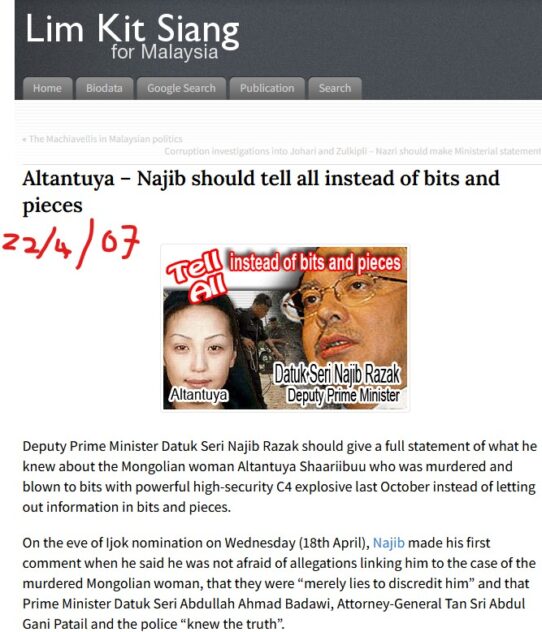
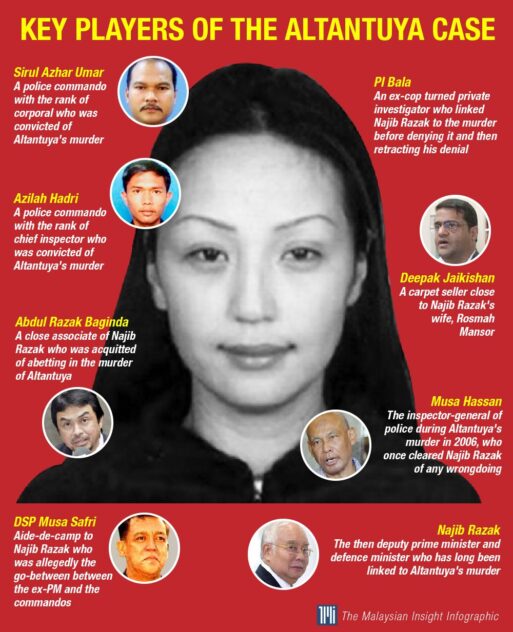
Deafening silence
The courts couldn’t answer why two members of the Special Action Unit who had no personal connection to Altantuya would commit such a heinous crime.
Did someone order the execution of the Mongolian model? If so, who? These questions have lingered for nearly two decades, a chilling reminder of how justice often stops short of the whole truth.
Then there’s the gruesome murder of Anthony Kevin Morais, a deputy public prosecutor whose body was found in a concrete-filled drum.
Officially, the motive was revenge: he’d prosecuted one of the convicted killers in a corruption case.
But Kevin’s brother has long argued otherwise, suggesting Kevin was silenced because of his involvement in sensitive cases, possibly linked to 1MDB scandal. Once again, the public is left wondering – was it personal or something far more sinister?
The same question arises in the case of Ambank founder Hussain Ahmad Najadi who was gunned down in 2013.
Despite the conviction of his killer, nobody has convincingly explained why he was targeted. Speculation about his knowledge of suspicious transactions – potentially tied to 1MDB – was dismissed by authorities. If not that, then what? The silence around this case is deafening.
Are we to believe that so many of these crimes or misdeeds are mere coincidences which were carried out without solid rhyme or reason? Or is there a pattern of concealment where the true motives are buried to protect powerful individuals?
A justice system that can’t or won’t uncover motives undermines public trust. Motives are the cornerstone of any credible investigation. Without them, justice feels arbitrary while the entire system starts to look like a tool for the powerful rather than a shield for the vulnerable.
The royal addendum debacle is no different. If Ahmad Terrirudin did indeed conceal the document, what or who was he protecting?
Was it incompetence, political pressure or something else entirely? Until we get answers, Malaysians are left to piece together a puzzle without all the pieces – a frustrating, recurring theme in our national story. – Jan 20, 2025
Main image credit: Malaysiakini


